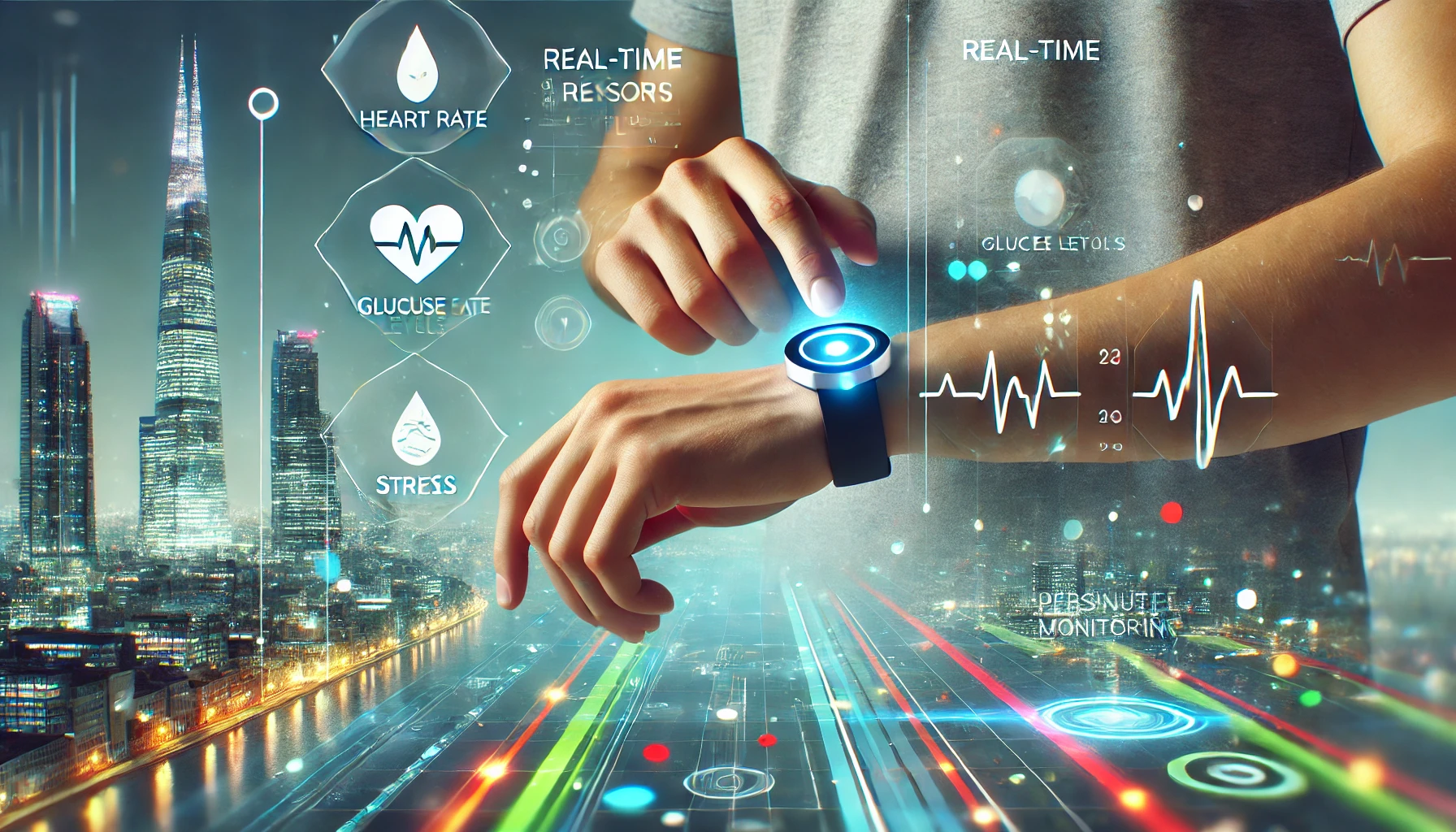From Sweatbands to Smartbands: How Wearable Biosensors are Revolutionizing Real-Time Health Monitoring

The Evolution of Wearable Biosensors: A New Era in Health Monitoring
Remember when the height of wearable technology was a calculator watch? Fast forward to today, and we're strapping on devices that not only tell time but also monitor our heart rate, sleep patterns, and even stress levels. Wearable biosensors have evolved from sci-fi fantasies into practical tools that provide continuous, real-time health data. According to a report by Grand View Research, the global wearable technology market is expected to reach $62.82 billion by 2025, indicating a significant shift in how we approach personal health management. This surge isn't just about tracking steps anymore; it's about a proactive approach to health. With advances in nanotechnology and biotechnology, wearable biosensors are becoming more sophisticated, capable of detecting biomarkers in sweat, interstitial fluid, and even tears. In 2023, researchers at the University of California developed a wearable patch that monitors glucose, lactate, and alcohol levels simultaneously, a breakthrough in non-invasive health monitoring.
Under the Microscope: How Wearable Biosensors Work
So, how does a tiny device on your wrist know more about your health than you do after a WebMD deep dive? Wearable biosensors function by detecting physiological and biochemical markers through sensors that convert biological responses into electrical signals. These signals are then processed and analyzed to provide meaningful health insights. At the core, biosensors consist of three main components: a bio-recognition layer, a transducer, and a signal processor. The bio-recognition layer interacts with the target analyte (like glucose or cortisol), the transducer converts this interaction into a measurable signal, and the signal processor interprets the data. Advances in materials science have led to flexible, skin-conformable sensors that can monitor vital signs without discomfort. For instance, graphene-based sensors offer high sensitivity due to graphene's exceptional electrical properties. A study published in Nature Nanotechnology highlighted a graphene tattoo that can monitor electrophysiological signals, paving the way for ultra-thin, unobtrusive health monitors.
Real-World Applications: Changing the Face of Personalized Medicine
Wearable biosensors are not just flashy gadgets; they're transforming healthcare delivery. By providing continuous data, they enable early detection of health anomalies, leading to timely interventions. For example, cardiac patients can use wearables that monitor ECG in real-time, alerting both the user and healthcare providers to irregularities. In the realm of chronic disease management, these devices are game-changers. Diabetic patients can benefit from continuous glucose monitors (CGMs) that eliminate the need for frequent finger-pricking. Abbott's FreeStyle Libre system, a CGM approved by the FDA, allows patients to track glucose levels through a sensor worn on the back of the arm, improving glycemic control and reducing hypoglycemic events. Moreover, wearable biosensors are stepping into mental health. Devices that monitor cortisol levels—a biomarker for stress—can help individuals manage anxiety and depression. A 2022 study in the Journal of Medical Internet Research found that wearable stress sensors, combined with AI algorithms, could predict depressive episodes with 85% accuracy.
The Road Ahead: Opportunities, Challenges, and the Future of Proactive Healthcare
While the potential of wearable biosensors is immense, it's not all smooth sailing on the digital health highway. Data privacy concerns loom large, as these devices collect sensitive health information. Ensuring compliance with regulations like HIPAA and GDPR is crucial to maintain user trust. Additionally, there's the challenge of data overload. With devices generating vast amounts of data, making sense of it requires robust analytics and possibly AI integration. According to a report by Accenture, integrating AI with wearable biosensors could reduce hospital costs by up to $150 billion annually by 2026, through preventive care and efficient data management. On the flip side, these challenges present opportunities for innovation. Companies are investing in secure cloud platforms and machine learning algorithms to enhance data interpretation. The intersection of wearable biosensors and telemedicine also offers a glimpse into a future where remote patient monitoring becomes the norm. As we stand on the cusp of this technological revolution, one can't help but wonder: are we ready to embrace a world where our bodies are constantly broadcasting data? Will this lead to better health outcomes, or are we opening Pandora's box of privacy issues? What do you think? Are wearable biosensors the key to unlocking personalized healthcare, or should we tread carefully in this brave new world of continuous monitoring?



